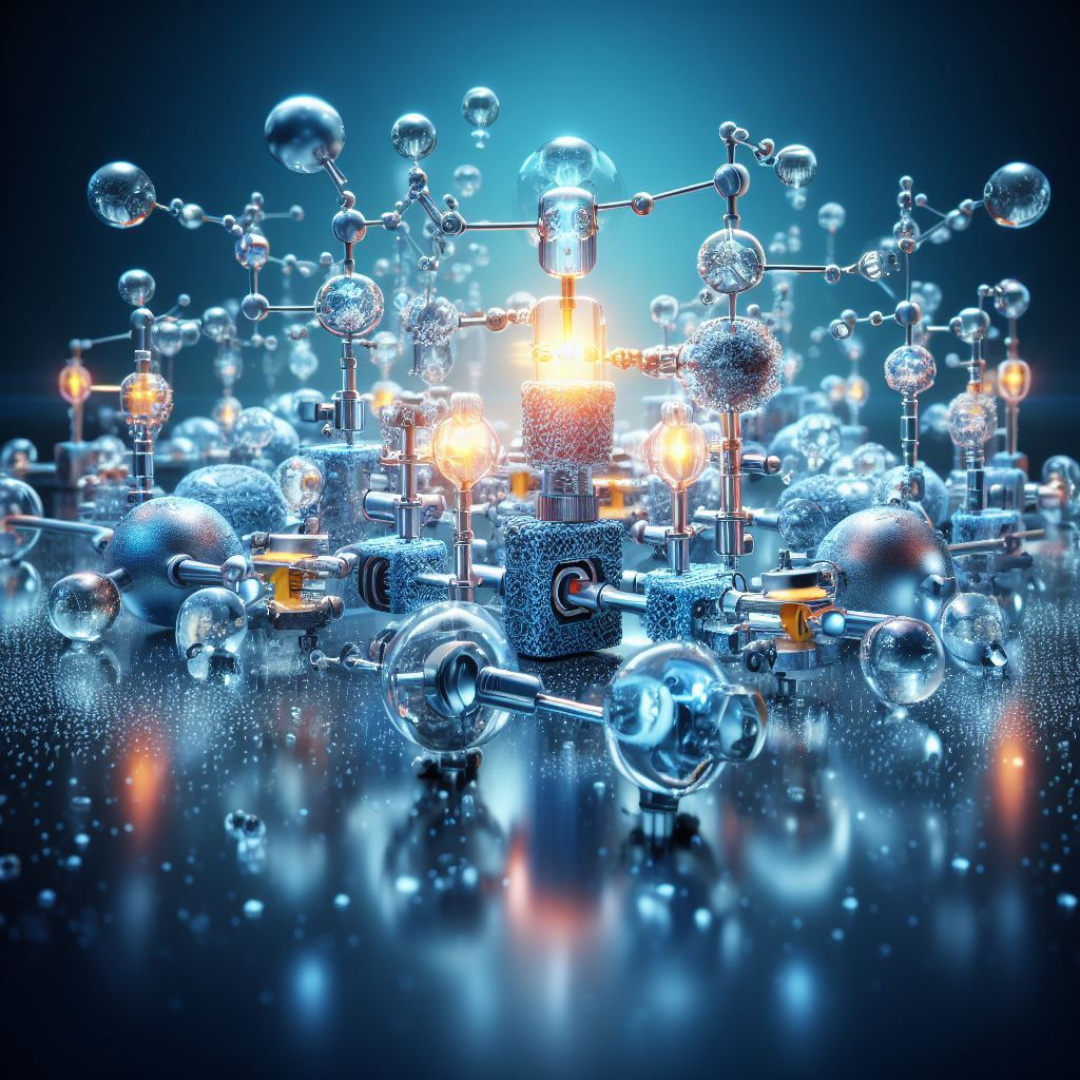Newly developed electrocatalyst, known as WS2/N-rGO/CC, is a composite material anchored on a carbon cloth and bound to reduced graphene oxide, a semiconductor lattice.

Researchers from Xiamen University at Malaysia’s Center of Excellence for NaNo Energy & Catalysis Technology (CONNECT) have announced a state-of-the-art electrocatalyst that promises to transform the production of hydrogen gas, marking a huge step towards sustainable energy.
This discovery has the potential to significantly contribute to the achievement of global carbon neutrality objectives by providing a more environmentally friendly and effective substitute for existing practices.
Hydrogen gas, as a combustible fuel, holds immense promise for a greener future as its combustion does not contribute to global warming. However, the majority of hydrogen is currently generated from fossil fuels, releasing harmful greenhouse gases into the environment. To truly unlock hydrogen’s potential, it’s crucial to derive it from clean sources, like the electrolysis of water molecules with electricity.
The newly developed electrocatalyst, known as WS2/N-rGO/CC, is a composite material anchored on a carbon cloth (CC) and bound to reduced graphene oxide (rGO), a semiconductor lattice.
A small amount of nitrogen (N) is integrated to enhance the properties of the reduced graphene oxide semiconductor. Through a hydrothermal reaction, two-dimensional WS2 is transformed into intricate three-dimensional structures resembling nanoflowers, effectively amplifying the surface area of the electrocatalyst for heightened reaction efficiency.
Feng Ming Yap, lead author and graduate student in the School of Energy and Chemical Engineering at Xiamen University Malaysia, highlighted the significance of this development. He emphasized that creating a self-supported electrode not only enhances electrocatalytic activity but also provides a cost-effective and sustainable solution for hydrogen generation.
One of the key advantages of the WS2/N-rGO/CC electrode is its self-supported nature, meaning it doesn’t rely on expensive catalysts or supports. This maximizes reaction efficiency, as there are no polymer binders or additives to obstruct the active sites of the catalyst or hinder electron conductance.
The research team also experimented with various concentrations of dimethylformamide (DMF) during the final hydrothermal synthesis reaction, discovering that a 50% concentration yielded superior results.
This formulation, labeled 50% WGC, outperformed the benchmark platinum electrocatalyst, 20% Pt-C/CC, for the hydrogen evolution reaction (HER) under both acidic and basic conditions. Specifically, 50% WGC exhibited a significantly lower overpotential, indicating reduced energy requirements for water splitting.
Wee-Jun Ong, project supervisor and associate professor in the School of Energy and Chemical Engineering at Xiamen University Malaysia, emphasized that this innovative electrode demonstrates versatility across a wide range of pH conditions, making it adaptable for various practical applications.
Looking ahead, the team envisions further advancements in cost-effective and energy-efficient electrocatalysts like 50% WGC, which will play a vital role in achieving global clean energy goals. Their ultimate aim is to drive the transition towards a sustainable energy landscape, where hydrogen emerges as a pivotal clean and renewable energy source.
Contributions to this study were made by Jian Yiing Loh from the School of Energy and Chemical Engineering and the Center of Excellence for NaNo Energy & Catalysis Technology (CONNECT) at Xiamen University Malaysia.
This research aligns with Malaysia’s national policies, particularly the National Energy Transition Roadmap (NETR) and Hydrogen Economy and Technology Roadmap (HETR), in pursuit of sustainable energy over the next five years.